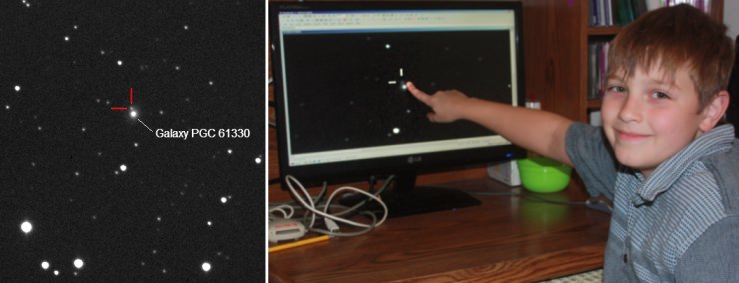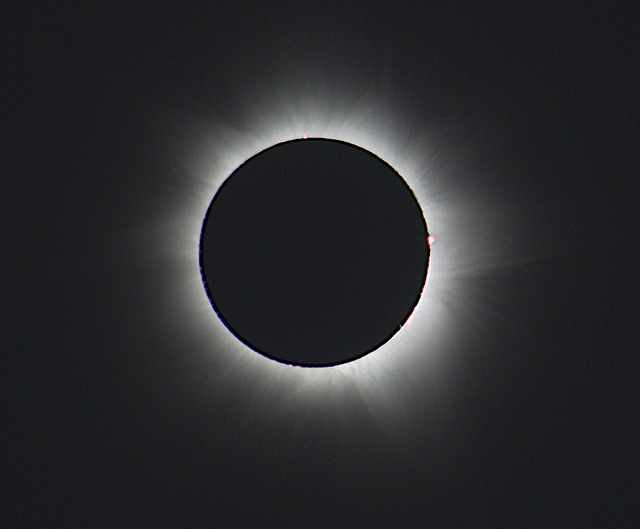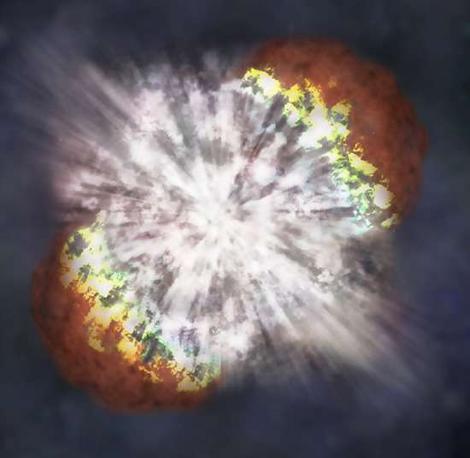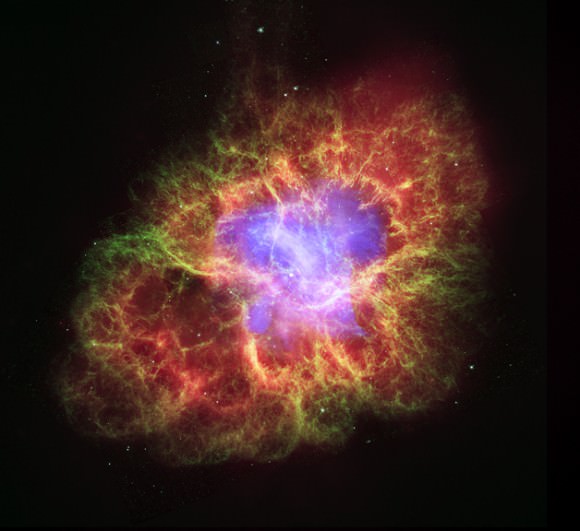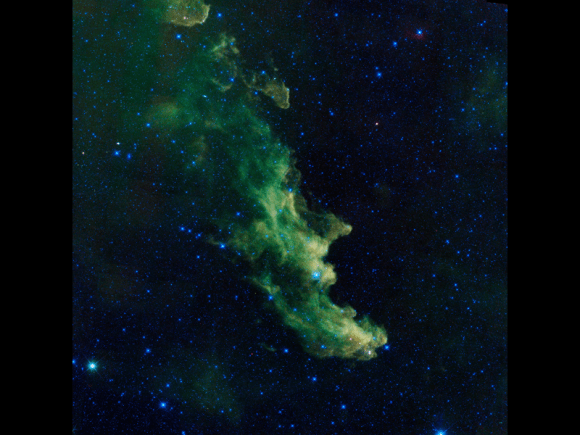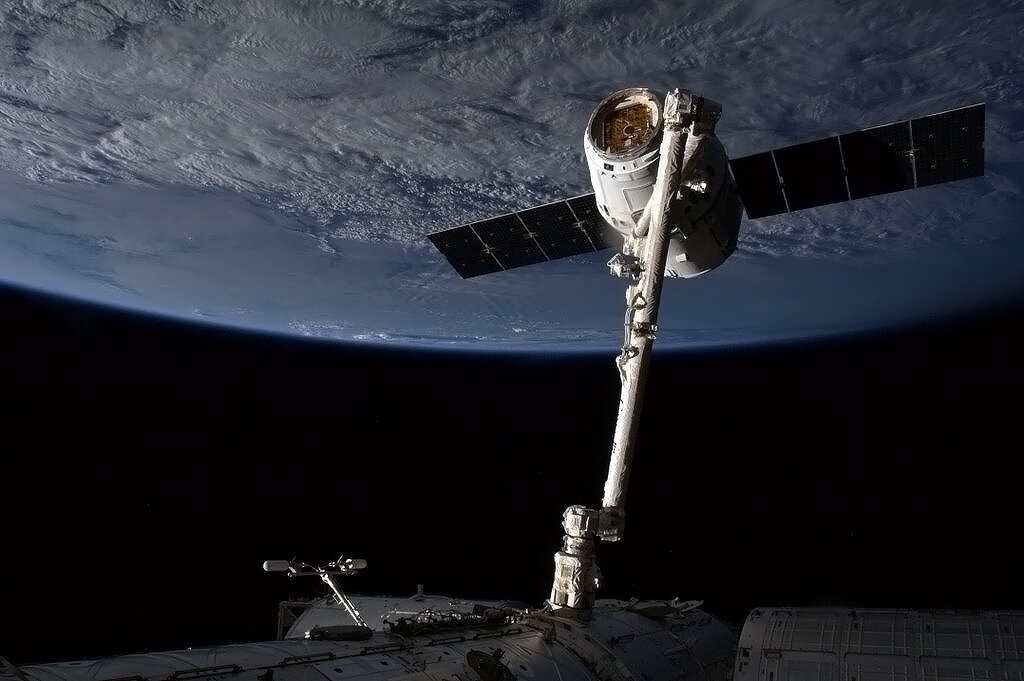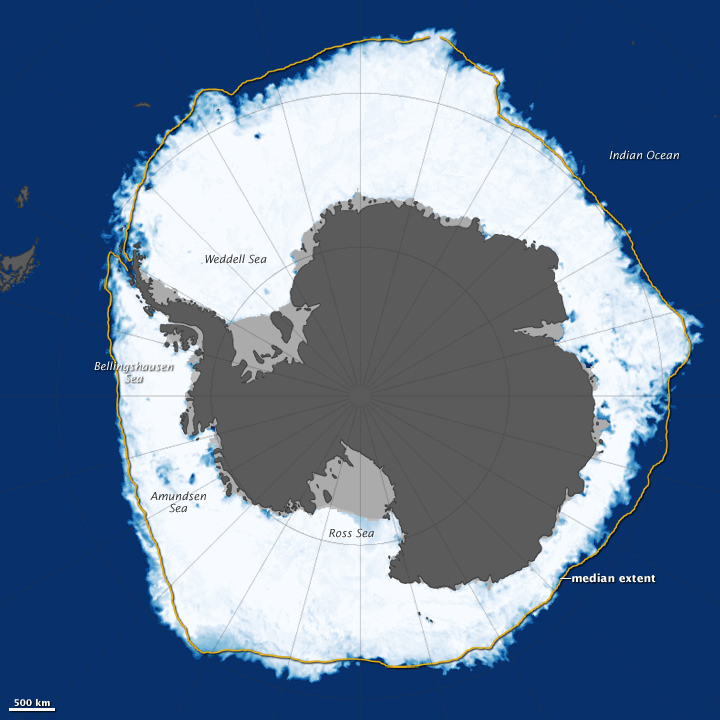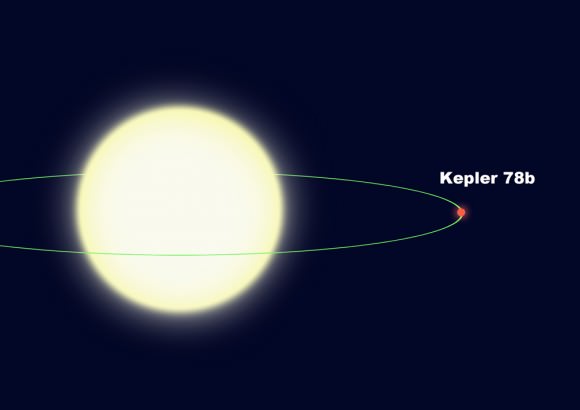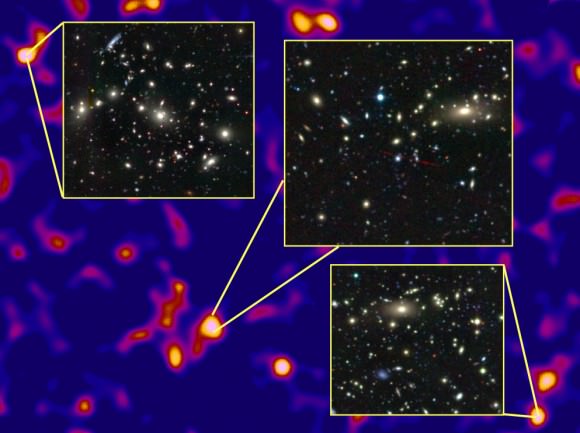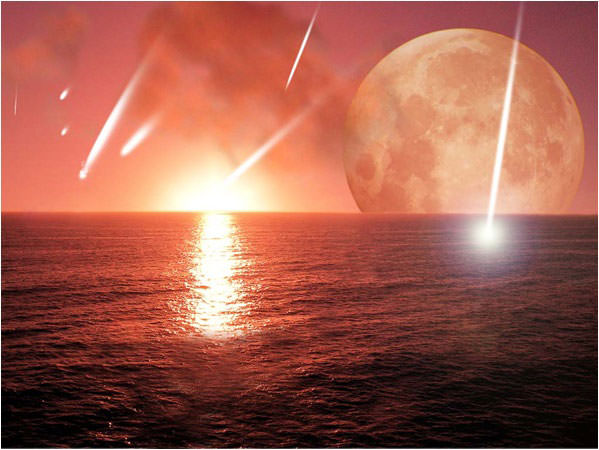Young Canadian Nathan Gray, age 10, has discovered a supernova candidate in the field of the galaxy designated PGC 61330, which lies in the constellation of Draco (the dragon).
Nathan made the discovery while scanning astronomical images taken by Dave Lane, who runs the Abbey Ridge Observatory (ARO) which is stationed in Nova Scotia. Incidentally, Nathan may unseat his older sister, Kathryn Aurora Gray, as the youngest supernova discoverer by a mere 33 days.
Nothing is visible at the location of the supernova candidate in prior images of the field taken over the past two years, or Digitized Palomar Sky Survey images.
Kathryn Aurora Gray garnered worldwide fame when she discovered a supernova in the galaxy designated UGC 3378 (see the Universe Today article by Nancy Atkinson). The discovery eventually earned her an audience with astronauts such as Neil Armstrong (shown below).

Caroline Moore held the record prior to Kathryn as the youngest person to discover a supernova (Caroline was 14 at the time). Caroline subsequently had the honor of meeting President Obama at the White House (see the video below).
Supernova are immense explosions linked to the evolutionary end-state of certain stars. The explosions are so energetic that they can be observed in distant galaxies. Indeed, Nathan’s supernova could be some 600 million light years distant. Gazing into space affords humanity the opportunity to peer back in time. Despite the (finite) speed of light being a remarkable 300000 km/s, the light-rays must travel over “astronomical” distances.
There are several different classes of supernovae. For example, Type II supernovae are associated with larger mass stars. The Sun will not terminate as a supernova, but may potentially evolve into a standard (or not) planetary nebula (see the Universe Today post “Astronomers Hint that our Sun won’t Terminate as the Typical Planetary Nebula”).
Nathan’s discovery has been posted on the International Astronomical Union’s site, and its presence confirmed by US and Italian-based observers. Its provisional name is: PSN J18032459+7013306, and to get an official supernova designation a large telescope needs to confirm the unique supernova light signature (via a spectrum). Is the target a bona fide supernova?
“Given no motion, large distance from the galactic plane (ie. not likely a nova), and several optical confirmations, as well as its very close angular proximity to a faint galaxy, it is a supernova at any reasonable certainty,” said Lane, an astronomer in the Dept. of Astronomy & Physics at Saint Mary’s University, as well as the director of the Burke-Gaffney and Abbey Ridge astronomical observatories. “A significant fraction of
the supernova discoveries these days are not observed spectrographically due to the sheer number of them vs. telescope time.”
Nathan Gray is the son of Paul and Susan Gray.
*2013 10 31.9053 – update from the IAU: SN to be confirmed in PGC 61330 detected with 3 x 3 min images (exp 9 min). Astrometry: RA 18 03 24.12 Dec +70 13 26.4 (ref stars UCAC2) Photometry: 17.00CR +/-0.02 (USNO A2R Ref stars 163R, 170R, 172R, 173R). Measure on unfiltered image. Observer and measurer: Xavier Bros, ANYSLLUM OBSERVATORY, Ager, Spain. T-350mm f4.6. Link to image and further information: http://www.anysllum.com/PSN_PGC61330.jpg

